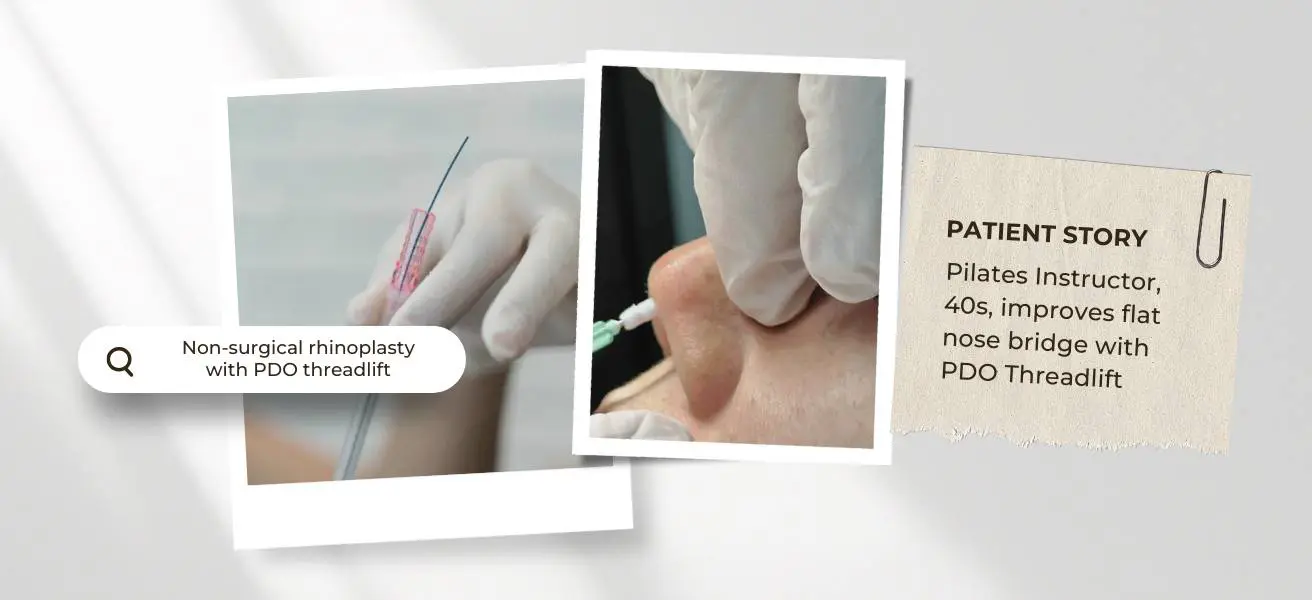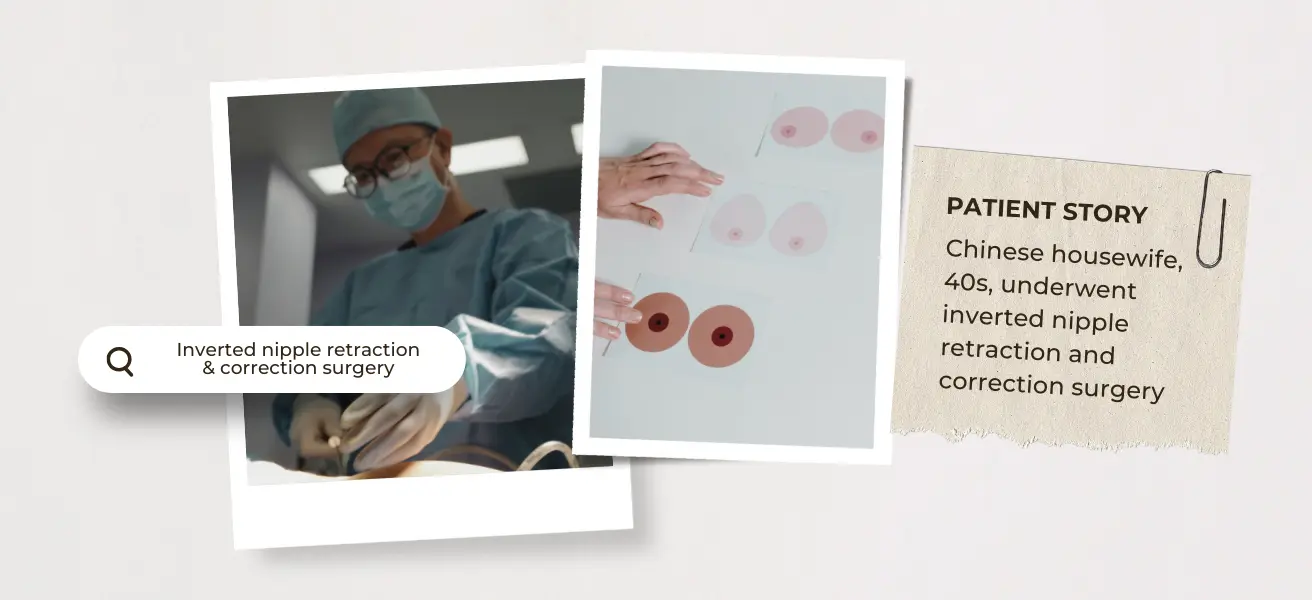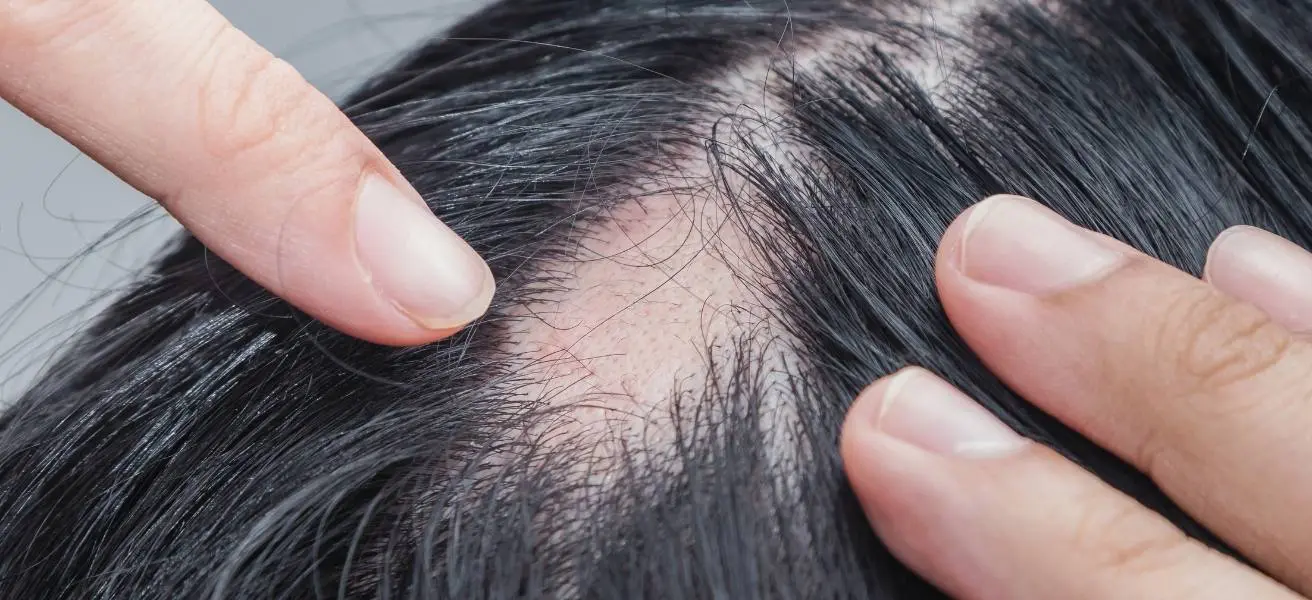"Abs are made in the kitchen." Weight loss, just like abs, also starts in the kitchen. Here are some healthy dietary habits to consider.
Table of Contents
Gynecomastia diagnosis involves a medical evaluation by a doctor to identify the condition affecting the chest. There are various diagnostic methods that exist to confirm gynecomastia.
The gynecomastia pinch and visual test
The doctor will pinch the areola and nipple area to look for a firm mass of 2 cm or longer in diameter in the sub-areolar breast tissue in either or both breasts. During the pinch test, the doctor will also look for other gyno symptoms such as pain, discomfort, breasts swelling, high nipple sensitivity or signs of nipple discharge.
Liver/Kidney function test
As studies have associated gynecomastia with kidney and liver diseases [1], your doctor may order a myriad of tests to conduct liver and/or kidney function tests.
Blood test

Blood analysis can help ascertain if you have gynecomastia by examining the different hormone levels in your body. Hormonal imbalances of testosterone and estrogen can lend clues as to why the male breast gland tissue is enlarged.
Blood tests may also detect any abnormalities, suggesting if there is an underlying medical issue that may be causing the enlargement.
Medical history evaluation
Besides the physical assessment and performing the tests, the doctor will also be interviewing you about:
- your condition (How long have you suffered from this condition? Has it worsened over time?)
- your lifestyle choices (Are you using anabolic steroids or taking ilicit drugs?)
- your eating habits (Have you been losing weight unintentionally or have you gained weight? How and what is your diet?)
- your medical history (Do you have liver, kidney or thyroid disease? Has your family been diagnosed with any diseases before?)
Gynecomastia may develop as a result of the side effects of taking certain medicines, such as antibiotics, diuretics, anti-depressants, anti-anxiety and even antacids, as they contain estrogenic properties. Be sure to inform the doctor if you are taking any medications or supplements.
Gynecomastia diagnosis
After conducting a series of thorough examination, the doctor will then be able to diagnose if you have true gynecomastia (only glandular tissues), mixed gynecomastia (glandular and fat tissues) or pseudogynecomastia (aka fake gynecomastia where the breast enlargement is due to excess chest fat, medically known as lipomastia or adipomastia).
Gynecomastia varies in appearance among males affected by this medical condition. While some experience minor changes and symptoms, others may exhibit severe gynecomastia, resembling female breasts.
Gynecomastia is not merely an aesthetic concern but a genuine medical condition that profoundly impacts individuals physically, psychologically and also their quality of life. Men who suffer from gynecomastia tend to suffer from diminished self-confidence, heightened social isolation, and increased self-consciousness, and these significantly impact their overall well-being.
Gynecomastia Grading system allows doctors to classify the severity of the condition and thereafter propose an appropriate treatment plan for the affected individuals.
Treating and managing gynecomastia with surgery
Gynecomastia surgery is clinically regarded as the optimal treatment approach, offering immediate improvement both cosmetically and symptomatically.
Other alternatives include anti-androgen therapies, anti-estrogens and pharmacological intervention. The choice to address gynecomastia hinges on the patient’s preferences and the degree to which it affects their psychological health and quality of life. If you have tried alternative treatment methods but are not seeing much improvement or you are suffering from symptomatic gynecomastia – where the condition is causing you discomfort, soreness and pain, gynecomastia surgery is a much welcome relief.
Dr Ivan Puah, a liposuction doctor in Singapore who has close to two decades of body contouring experience, has operated on various grades of gynecomastia across a diverse demographic of male patients in Singapore and those who have traveled from overseas for this procedure.
His proprietary gyno surgery approach known as the 360° GTD technique is a comprehensive approach, which takes into account the patient’s gland size, gynecomastia grade, degree of skin laxity and chest shape. Strategically-placed incisions are made to allow efficient removal of the enlarged male breast tissues. Patients are able to return to daily activities with minimal disruption and discomfort.
Besides that, during the gynecomastia surgery, he will also remove excess chest fat with his MDC-Sculpt® ️Lipo technique, and the beauty of this is that it also helps to stimulate collagen reproduction to firm areas with loose skin.
In the traditional gynecomastia surgery approach, doctors will typically insert a drainage tube on the operated area, but this is not needed with Dr Puah’s modernised approach. Eliminating the need for drainage tubing minimises the risks of infection for the patient post-surgically, thus recovery is faster.
What results can you expect after gynecomastia surgery?
It takes two hands to clap to achieve optimal results post-gynecomastia surgery. You will need to adhere to the instructions given by the doctor, and that includes stop smoking, refrain from excessive alcohol consumption, avoid the sun and refrain from doing any heavy-duty exercises for a period of time.
Wearing the compression garment is a must for at least 6 to 8 weeks post-op as this will help to alleviate tissue swelling and encourage skin retraction. Although this may pose some inconvenience, you will certainly appreciate the results if you persevere. Manual lymphatic drainage massage (MLD) is encouraged as it helps to minimise scar tissue formation, reduces swelling and speeds up healing.
You can expect a flatter, more contoured and masculine chest if you are diligent in taking care of yourself post-op. To maintain the results in the long term, you will need to break free from unhealthy lifestyle habits.
Would you like a gynecomastia diagnosis in Singapore?
If you suspect that you may be suffering from gyno, we welcome you to make an appointment for a gynecomastia diagnosis with Dr Ivan Puah. We are located at 140 Arab Street, Singapore (199827).





























